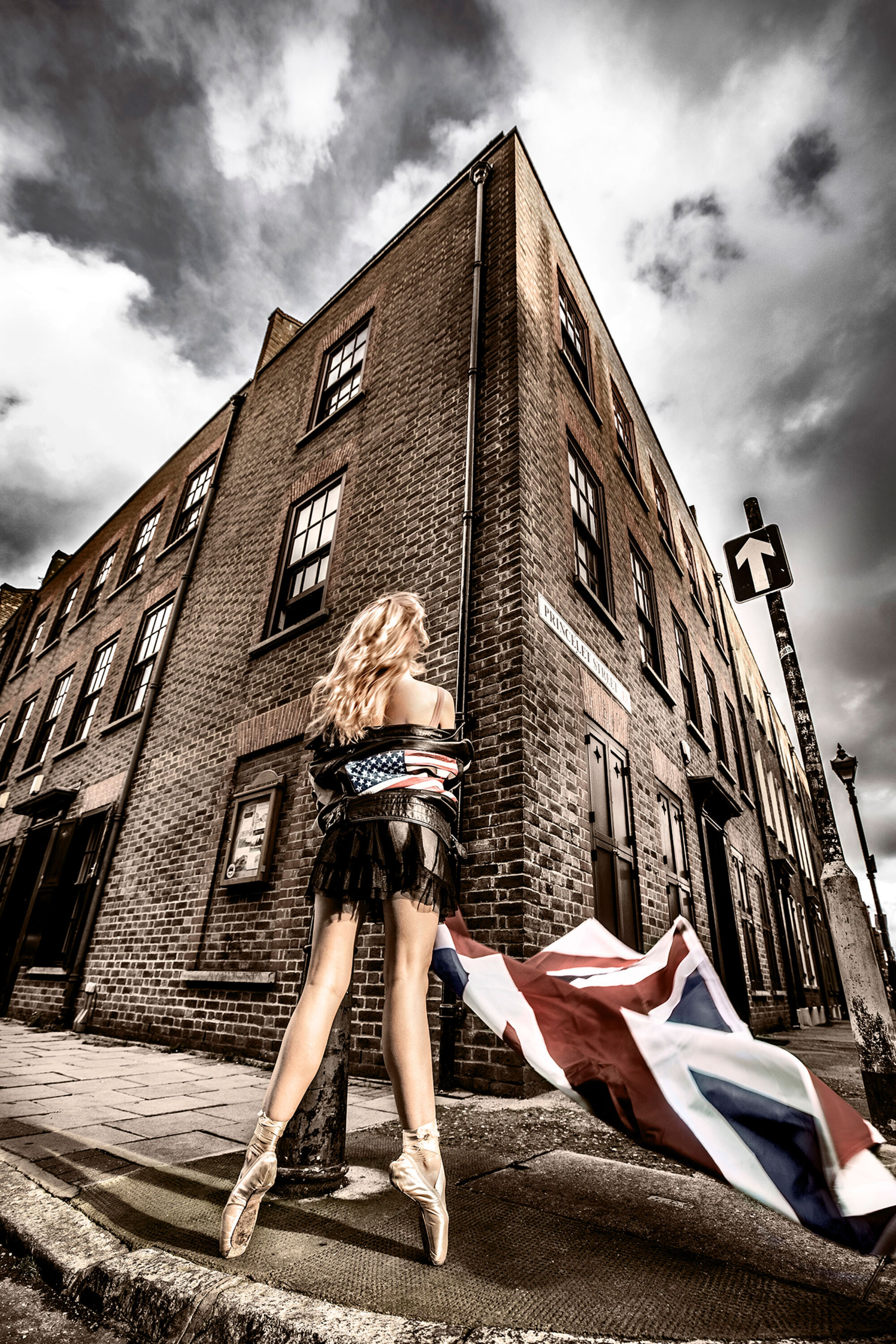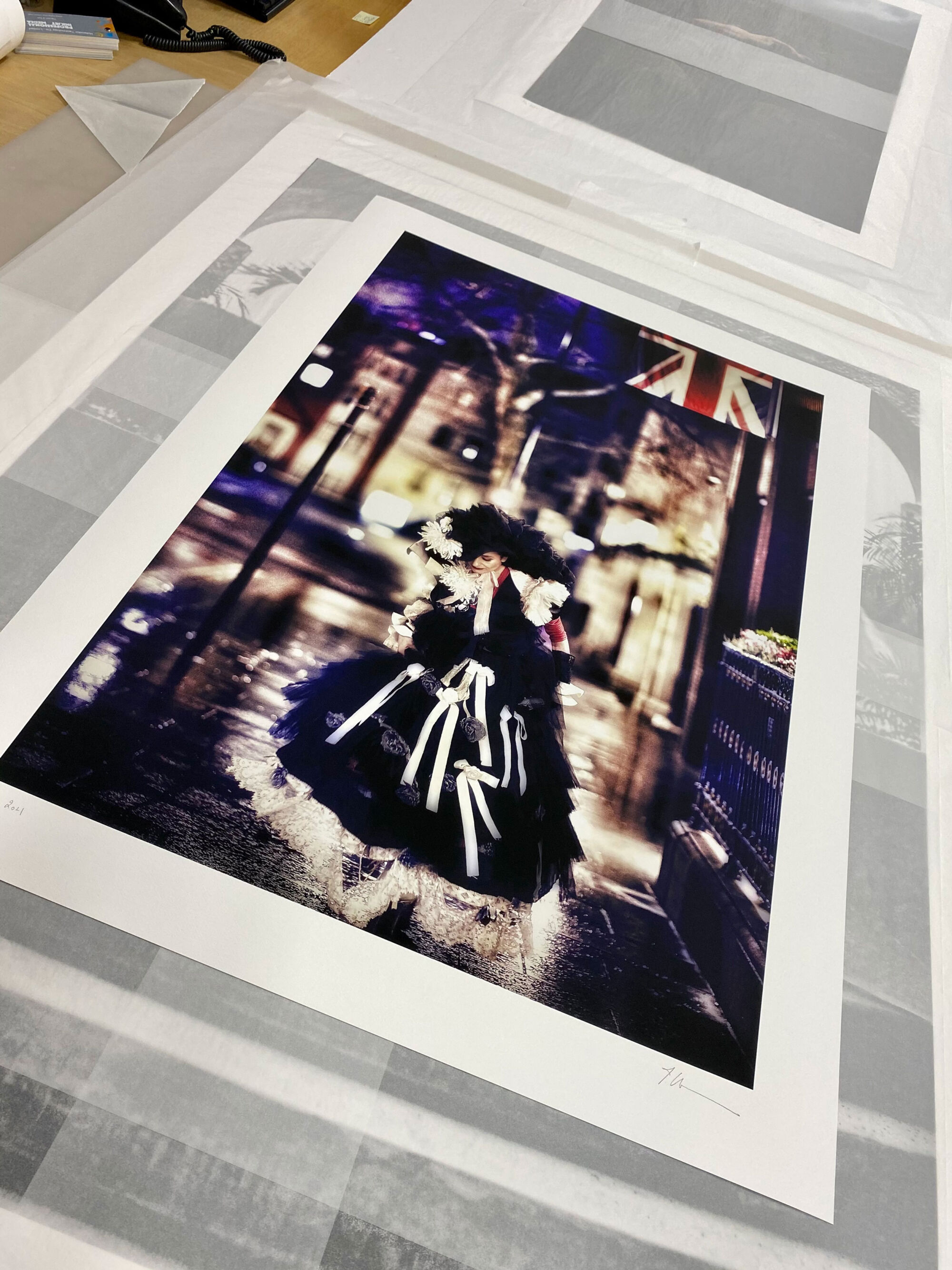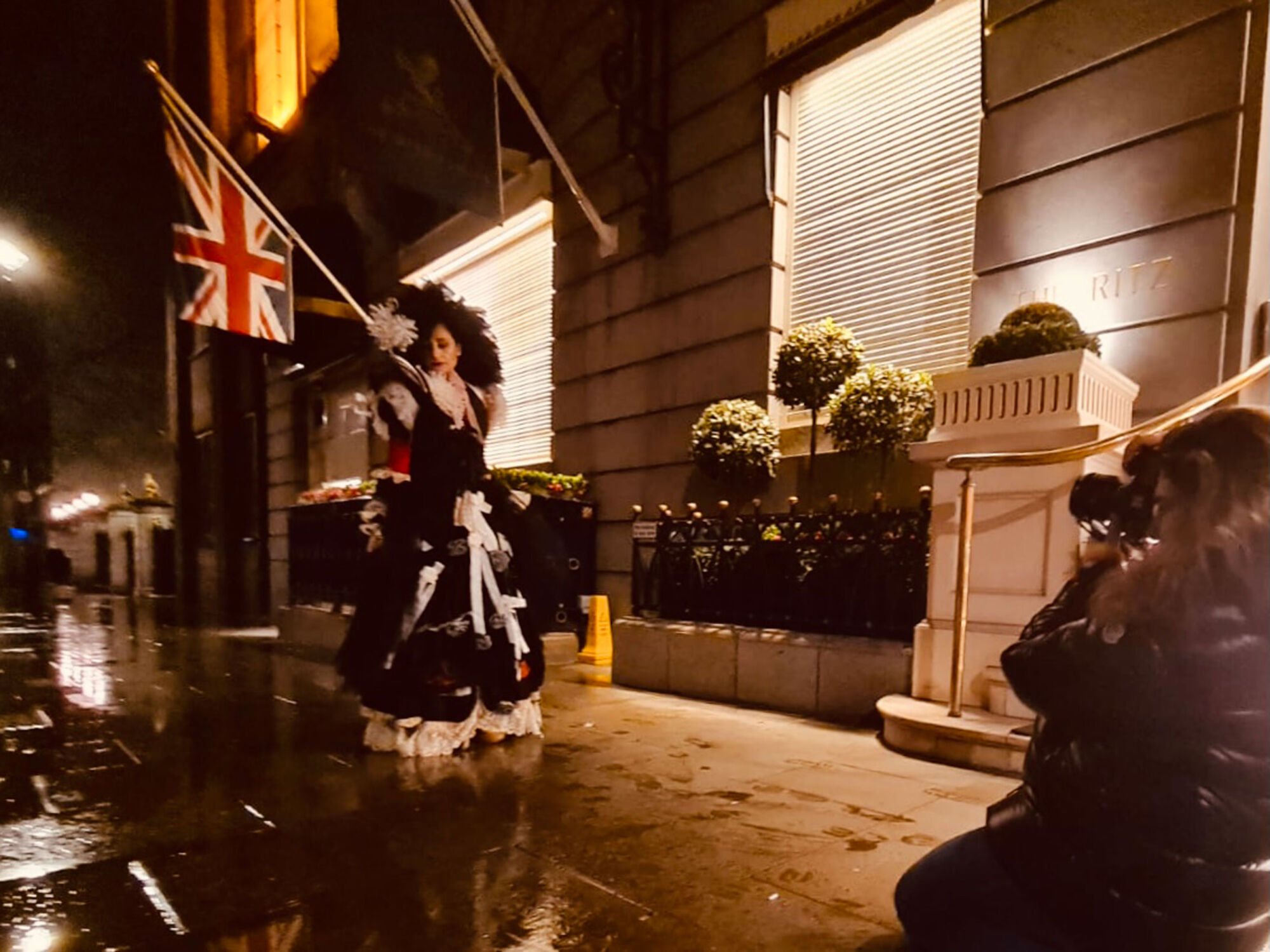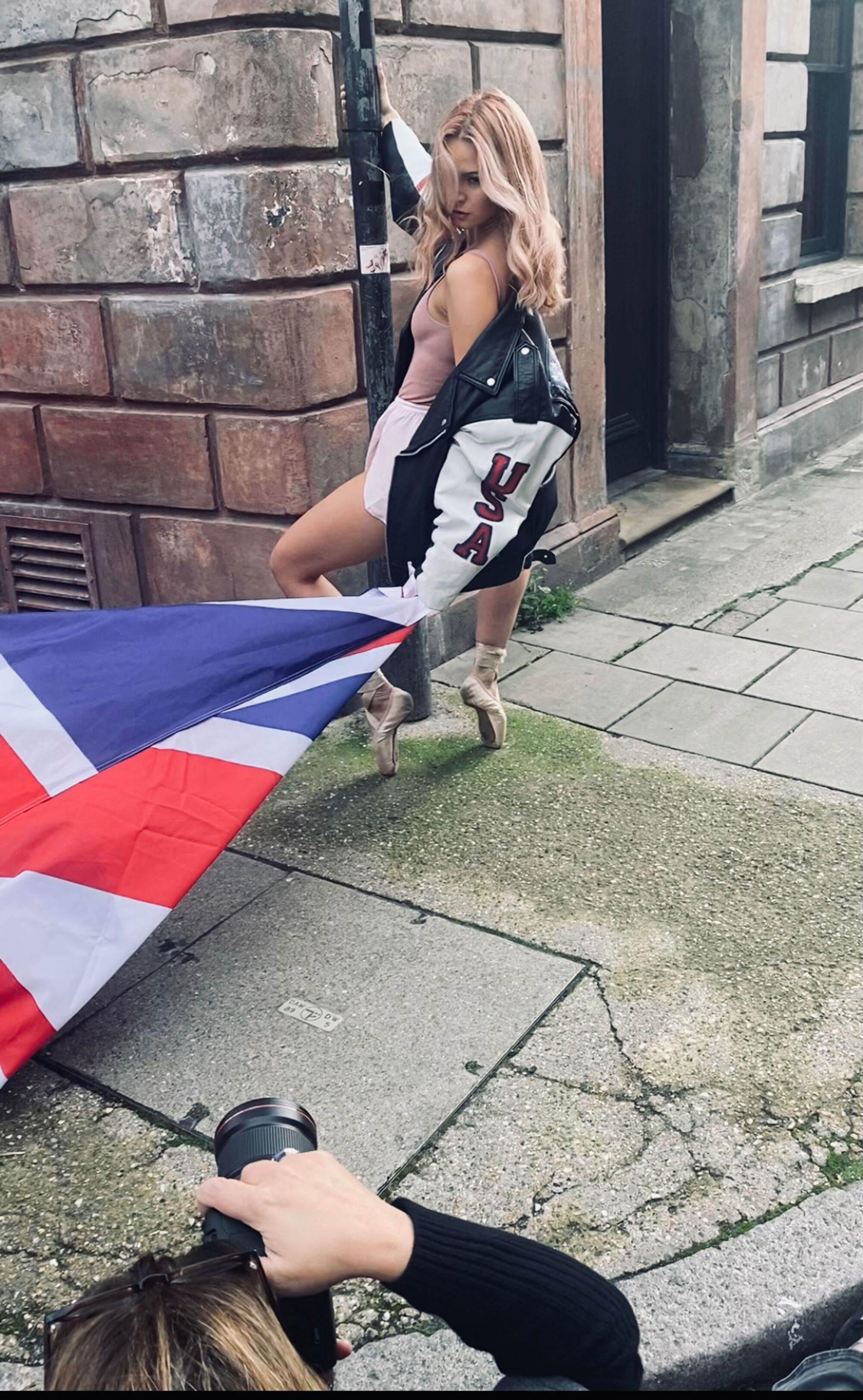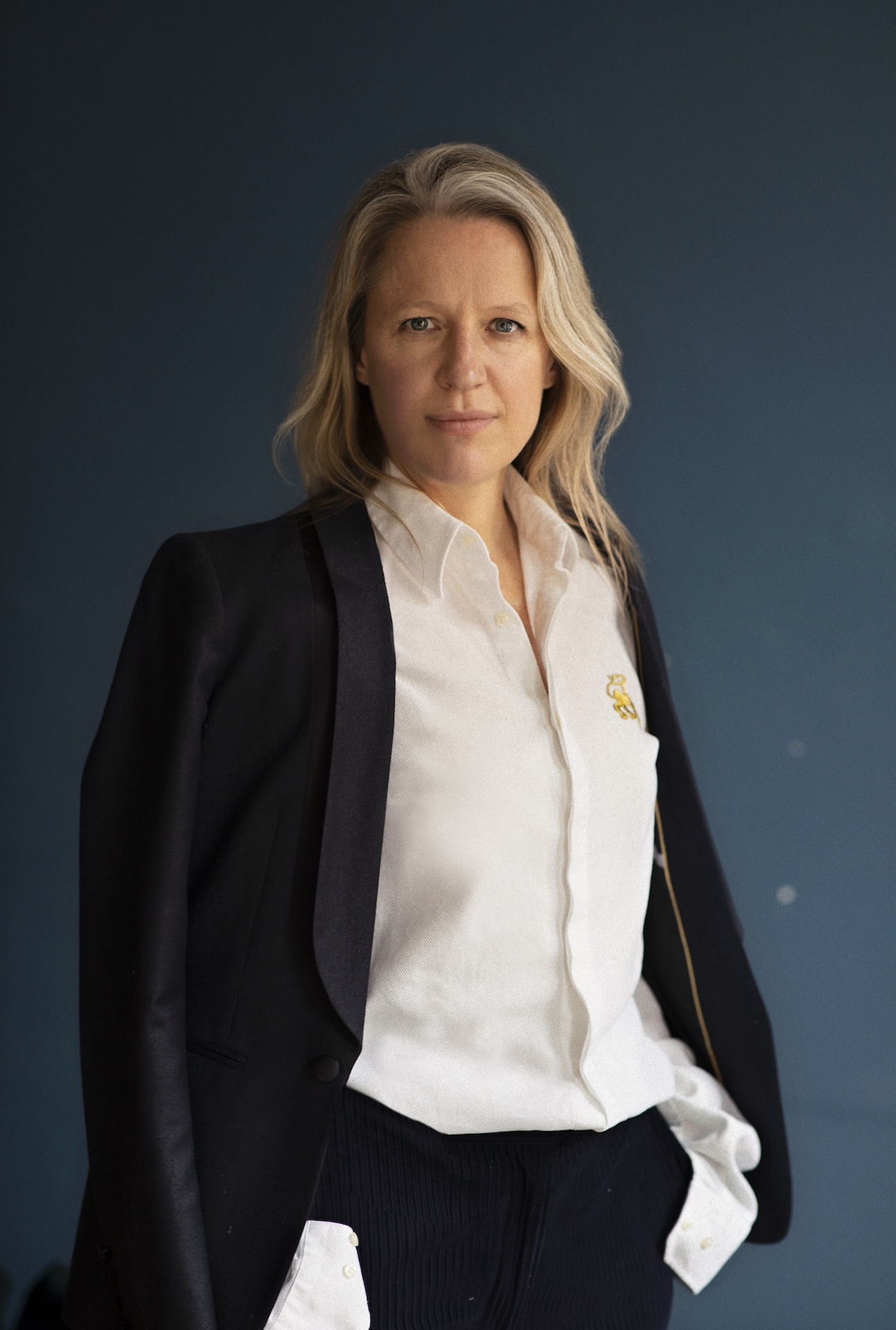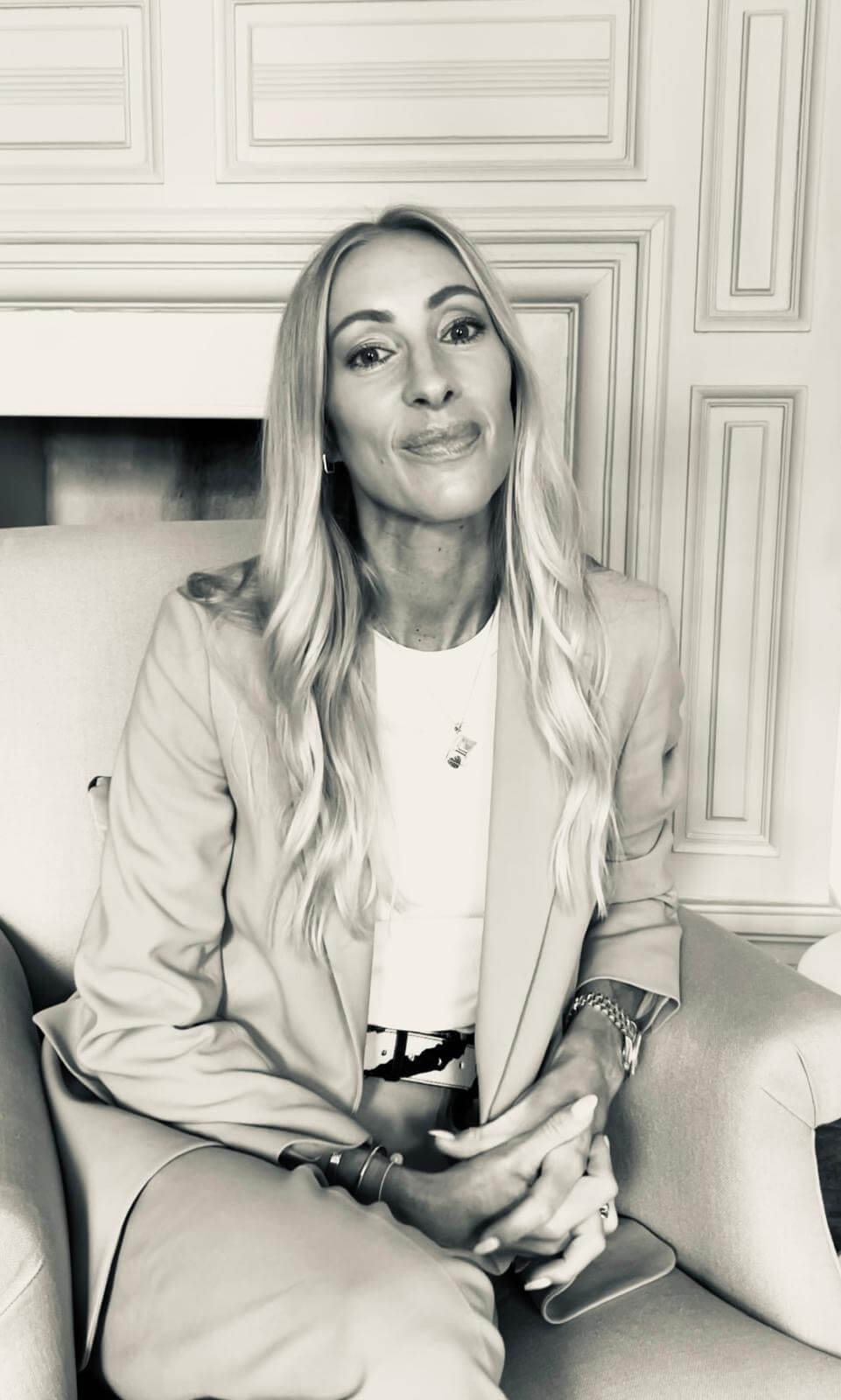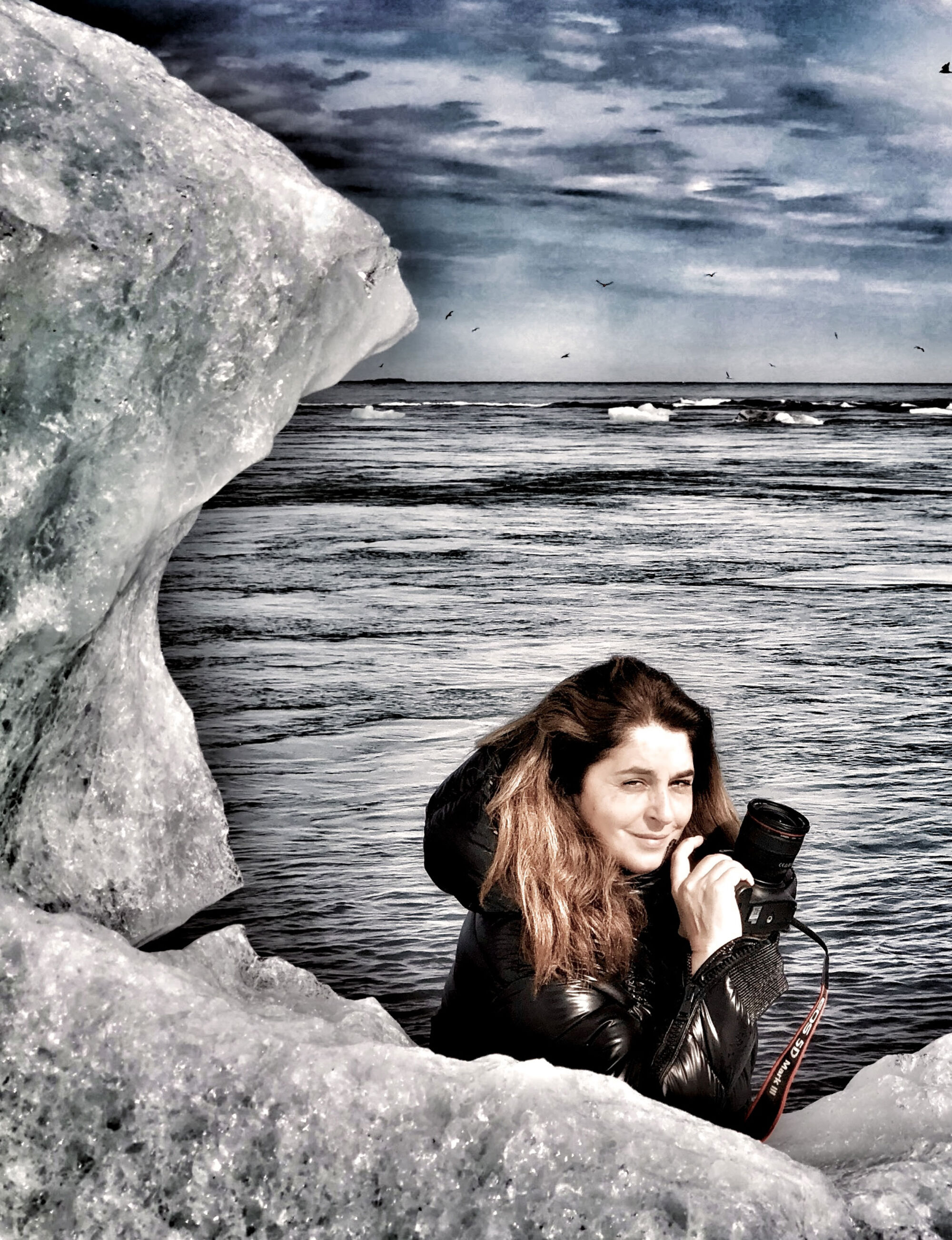

Interview London-based photographer and author Maryam Eisler
THE WICK: Who is your ultimate Monday Muse?
Maryam Eisler: Forugh Farrokhzad, the iconic female poet of modern Iran, often referred to as Iran’s Sylvia Plath. A rebel of her time, she exemplified the epitome of feminine intellectual power and sexual liberation at a time in the late 60s when everything around literature and the arts was dominated by men. Her poetry was one of protest and inner revelation. Her expressions of intimacy placed her at the heart of controversy. She died in a car crash on 13 February 1967 at the tender age of 32. I think she would have been a good friend.
TW: How did you move from art lover and collector to photographer and publisher?
ME: Art, in all its forms, has been a constant, loyal and liberating companion throughout my life. After years of being involved with several artistic institutions’ boards and advisory councils but also supporting artists who have inspired me, I naturally transitioned to the other side of the equation. At first, through art publications focused on artists and their studios – a hands-on process that deeply furthered my personal arts education and connection with creators. More than 450 studio visits and interviews later, across the globe, I felt the urge to create myself and to tell my own stories, by pursuing and making public a lifelong passion turned obsession, photography. It took me 48 years to have the courage to embrace and share my own work. I feel privileged to have had the opportunity to do so. Today, I walk, talk and dream of the next series, the next adventure.
TW: If money was no object, what one photograph or piece of artwork would you like to own?
ME:
A large part of my own work is concentrated on the sublime feminine. With that in mind, one of the greatest examples of this thematic in my view is Helmut Newton’s ‘Charlotte Rampling at the Hotel Nord-Pinus, Arles’, 1973.
[It combines an] iconic era, timeless and classic beauty, a dreamy location and a heightened mood of mystery and sensuality, the like of which only Newton was capable of creating. I would love to have it hanging on my wall.
TW: As the world became increasingly fractured during the pandemic, you did a huge amount to connect and unite people. Tell us about your favourite lockdown project.
ME:
My favourite project was carried out in collaboration with LUX magazine at the very beginning of the first London lockdown in early 2020. The project, Confined Artists – Free Spirits: Photographs from Lockdown, lasted from April to July 2020, a three-month period during which I freeze-framed an epic moment in history by FaceTime – photographing, interviewing and exploring the psyche of 165 iconic artists across the globe.
The effort translated into a diary which in effect gathered the collective memory of some of humanity’s greatest thinkers during an unprecedented moment, but also during a new wave of civil unrest and malaise in the US at that very same time.
What transpired as a common thread throughout the profiles was a deep desire for us all to come together, connect at a very basic level, and to seek a better self, concentrating on our commonalities rather than our differences. What the project also reinforced was that somewhere in our DNA lies the unique human need and ability to create and to find solutions in creation, despite any adverse environment.
These images and accompanying thoughts reveal very personal, delicate and emotional moments; honest and forthright, direct and inspiring, intermingled with the pain of sorrow borne by each one of us. But most importantly, it is my sincere belief that these are messages of hope and renewal.
Another favourite lockdown project took place in late February, late at night during lockdown. It was a collaboration with Prima Ballerina, Michaela Meazza and designer Meihui Liu. I photographed Michaela dancing majestically and euphorically throughout stark empty London streets, in the heart of St James and Piccadilly … until we were abruptly stopped by the police and asked whether what we were doing was considered essential! It certainly felt essential for our mental well-being and our basic human need for connection and spontaneous creative freedom. Despite the circumstances and a clear attack on our individual freedoms, we created something beautiful – images which we hope are dynamic, expressive and hopeful and which we have enjoyed sharing with the public at large.
“It took me 48 years to have the courage to embrace and share my own work. I feel privileged to have had the opportunity to do so.”
